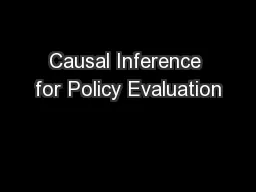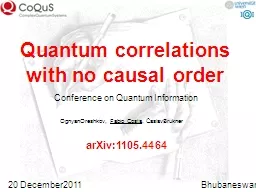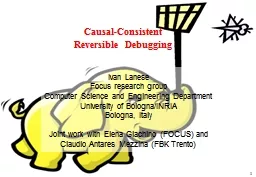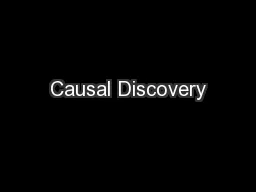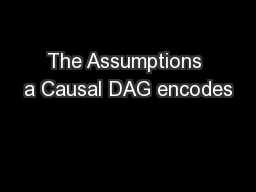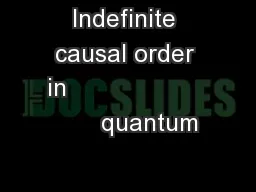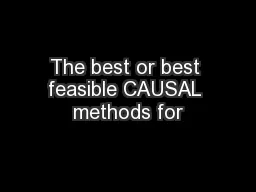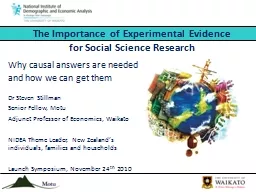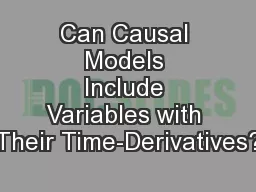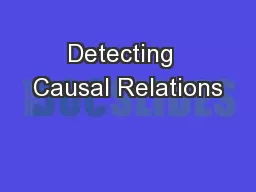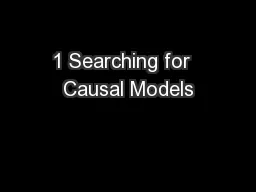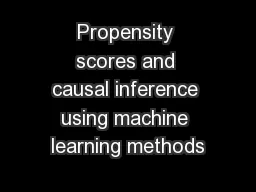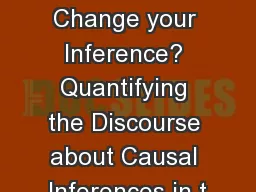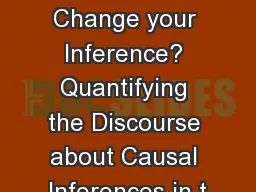PPT-Causal Inference for Policy Evaluation
Author : jane-oiler | Published Date : 2017-03-28
Susan Athey Stanford GSB Based on joint work with Guido Imbens Stefan Wager References outside CS literature Imbens and Rubin Causal Inference book 2015 synthesis
Presentation Embed Code
Download Presentation
Download Presentation The PPT/PDF document "Causal Inference for Policy Evaluation" is the property of its rightful owner. Permission is granted to download and print the materials on this website for personal, non-commercial use only, and to display it on your personal computer provided you do not modify the materials and that you retain all copyright notices contained in the materials. By downloading content from our website, you accept the terms of this agreement.
Causal Inference for Policy Evaluation: Transcript
Download Rules Of Document
"Causal Inference for Policy Evaluation"The content belongs to its owner. You may download and print it for personal use, without modification, and keep all copyright notices. By downloading, you agree to these terms.
Related Documents

